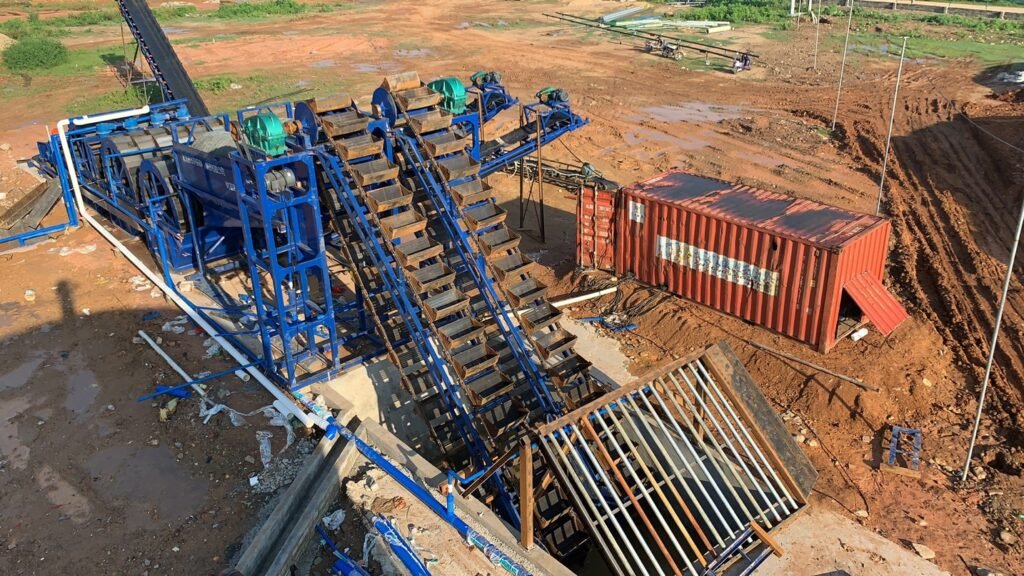
Keywords: sand washing machine maintenance, sand washing machine care
Why Regular Maintenance Matters
Regular maintenance is crucial for your sand washing machine. Since these machines handle abrasive materials like sand and gravel, they can wear out quickly. Therefore, a good maintenance routine helps prevent breakdowns, reduce downtime, and extend the machine’s life. Consequently, your equipment will run smoothly and produce high-quality sand.
Daily Maintenance Tasks
1. Check Key Parts
- Bearings: First, check bearings daily. Look for signs of wear, unusual noise, or overheating. If bearings are worn, they increase friction and can cause major issues. Thus, replacing them quickly can prevent costly repairs.
- Belts: Next, examine belts for fraying, cracks, or looseness. Well-maintained belts are essential for smooth power transmission. This, in turn, helps avoid slowdowns or breakdowns.
- Screens and Blades: Additionally, inspect screens and blades for blockages or damage. Cleaning or replacing these parts as needed ensures that the machine operates effectively and produces a steady output of clean sand.
2. Lubricate Moving Parts
Lubrication is important to reduce friction and wear. Thus, follow the manufacturer’s schedule and use the recommended lubricants. Good lubricants provide better protection against moisture and corrosion. As a result, the machine will run smoothly and efficiently.
3. Replace Worn Parts Quickly
Regularly check and replace worn components such as screens, seals, and gaskets. Since worn parts can reduce sand quality and cause leaks, replacing them early helps prevent more significant issues. Consequently, the machine will continue to run smoothly.
4. Clean and Remove Debris
Sand washing machines operate in dirty, wet conditions. Therefore, debris, sand, and mud can build up. Clean the machine regularly, focusing on areas like water tanks, screens, and discharge areas. Ideally, clean after each shift or at the end of the workday. This routine helps maintain optimal performance.
5. Monitor Water and Electrical Systems
Check the water system for leaks, clogs, and proper flow rates. Low water flow, for instance, can affect washing results and increase wear on parts. Similarly, inspect electrical components, including motors and wiring, for damage. Address any issues immediately to avoid unexpected shutdowns.
Additional Tips for Better Performance
6. Train Your Operators
Ensure that operators are well-trained. They should understand both how the machine works and its maintenance needs. Proper training reduces the risk of misuse and neglect. Consequently, update your team regularly on best practices and encourage them to report issues right away.
7. Schedule Professional Inspections
In addition to daily maintenance, arrange for regular professional inspections. Technicians can identify issues that might not be visible during routine checks. Moreover, they can perform alignment checks, deep cleaning, and advanced diagnostics. Therefore, scheduling these inspections helps keep your machine in top condition and protects your investment.
Conclusion
By following these tips, you will keep your sand washing machine in excellent condition and ensure it operates efficiently. Regular checks, lubrication, and cleaning help minimize downtime and extend the machine’s lifespan. Additionally, investing in operator training and scheduling professional inspections will further enhance your machine’s performance and longevity.achine’s performance and longevity.ngevity.
SAND WASHING MACHINE

No responses yet